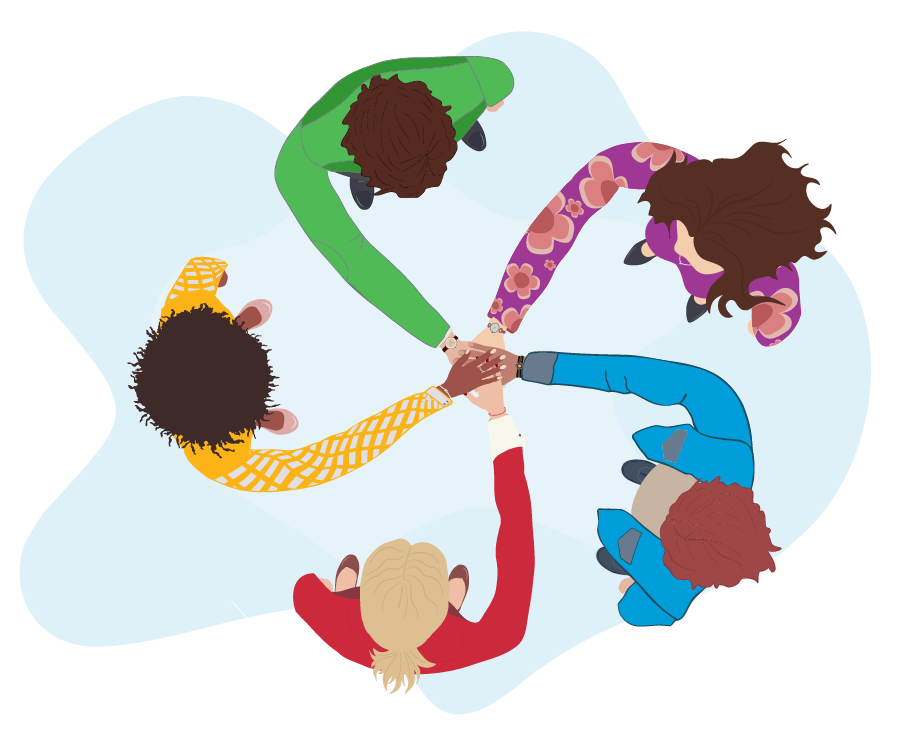Condom Couture 2024
Condom Couture 2024 SAVE THE DATE for next year’s event! Saturday, September 14, 2024 at the Boulder JCC. Condom Couture …
Abortion is legal in Colorado. All are welcome here. Appointments are available within a week.
Boulder Valley Health Center provides person-centered care based on best practices in reproductive and sexual health. We strive to demonstrate compassion in everything we do. We are part of our community and dedicated to removing barriers to care, locally and beyond. Our core values are Care, Compassion, Community.
We provide accessible and equitable reproductive and sexual health care, counseling, and information for people of all gender identities.
We provide reproductive and sexual health care services to everyone, including all ages, genders, sexual orientations, physical attributes, immigration, or insurance status. The majority (60%) of the patients who receive our clinical services are under the age of 25. For young people under the age of 18, we offer confidential and low or no cost birth control and STI testing. For all patients, we offer low cost/sliding scale services when insurance coverage is not possible.
We believe that reproductive and sexual health is an essential aspect of medical care. We believe that high-quality, affordable, and compassionate health care is a human right.

Donor support is essential to our operations so that we can cover gaps in reimbursement and support patients who are uninsured or underinsured. The funding we receive also supports our Teen and Community Programs that deliver hundreds of hours of education to thousands of young people in the Boulder Valley each year.
Condom Couture 2024 SAVE THE DATE for next year’s event! Saturday, September 14, 2024 at the Boulder JCC. Condom Couture …
Our Teen & Community Program provides comprehensive, relevant, just, and medically accurate reproductive and sexual health education. Our vision is …
The clinic has been busy across the previous few months. We continue to see strong demand for our abortion services …
*3rd Wednesday of each month, closed from 8 AM – 1 PM for staff meetings
©2024 Boulder Valley Health Center